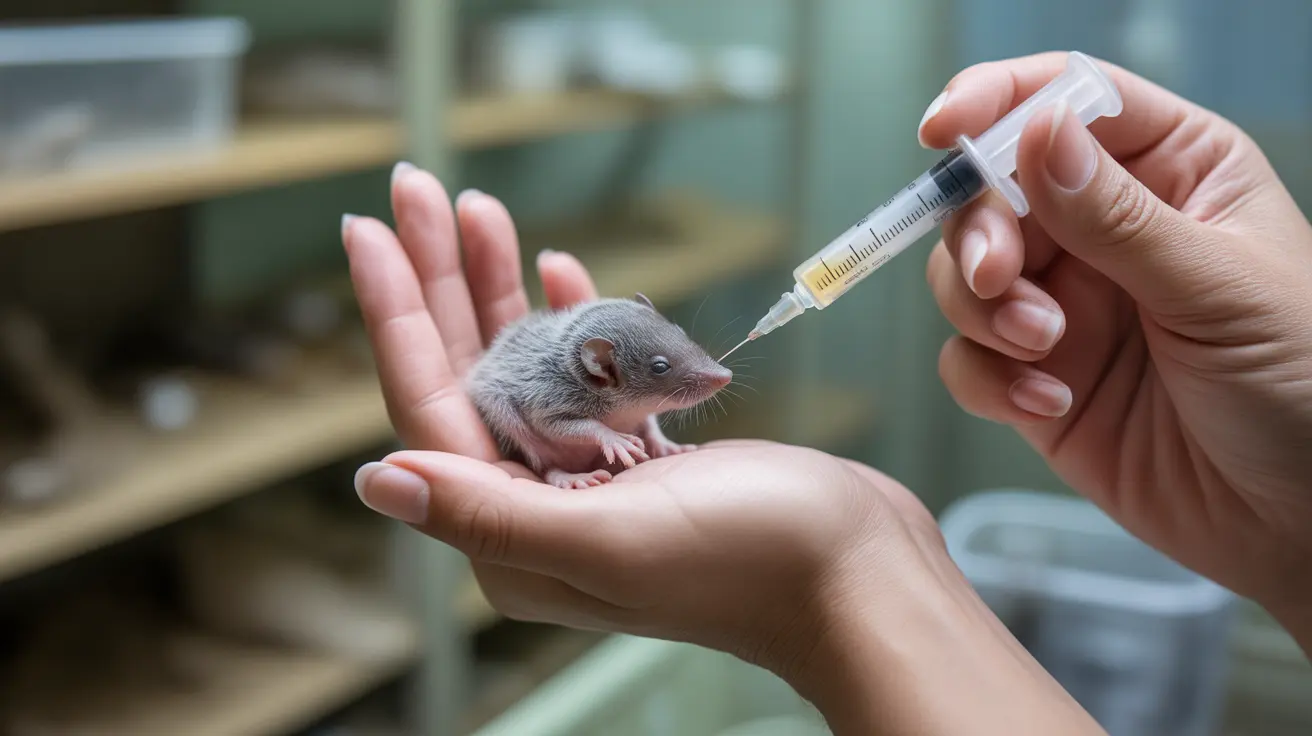Understanding the Cost and Process of Dew Claw Removal in Dogs
Dew claws are the small, thumb-like digits located higher up on a dog's leg, most commonly on the front limbs but occasionally on the hind limbs as well. Veterinarians receive many questions from pet owners regarding the necessity, risks, and cost of removing these claws. This article will explore the cost, procedure, and importance of dew claws in dogs.
What Are Dew Claws?
Dew claws correspond to the human thumb on the front leg and big toe on the hind leg. In many breeds, especially working dogs, these claws serve crucial functions:
- Traction and stability during high-speed movement
- Assistance in grip for holding objects
- Support for the carpal joint during strenuous activity
While front dew claws are often attached by bone and connected to tendons and ligaments, rear dew claws are usually only attached by skin. This difference impacts the functionality and risk factors associated with each type.
Why Consider Dew Claw Removal?
There are several reasons why pet owners or breeders may request dew claw removal:
- Preventing injury from loosely attached claws
- Avoiding overgrowth or infection of claws not in contact with the ground
- Meeting breed standards for show dogs (with exceptions)
- Dealing with repetitive trauma or disease in the claw
However, experts recommend preserving front dew claws if they are firmly attached and functional, as their removal has been associated with increased orthopedic issues, such as arthritis or instability.
How Much Does Dew Claw Removal Cost?
The cost of dew claw removal depends on various factors, including dog's age, the number of claws involved, whether the procedure is being done during another surgery, and veterinarian pricing. Here is an overview:
- Puppies (less than 5 days old): $30–$70 per claw, done with local anesthesia; often bundled with whelping services
- Adults: $100–$300 or more per claw, requiring sedation or anesthesia and possibly stitches
- During other surgeries: Removal may be discounted when combined with procedures like spaying/neutering
Most veterinary clinics will provide cost estimates based on a physical exam and assessment of the dew claw’s structure.
What Does the Procedure Involve?
Steps for dew claw removal include:
- Assessment to determine necessity
- Anesthesia or sedation depending on age and claw type
- Surgical excision of the claw and associated tissues
- Stitching and dressing to promote healing
- Pain management and possible antibiotics
Recovery from adult dew claw removal can take 7–14 days, during which limited activity and bandage changes are necessary.
When Should Dew Claws Not Be Removed?
Routine dew claw removal, especially of the front claws, is discouraged in the absence of medical issues. Studies have shown:
- Dew claws provide joint stability and reduce foot injuries
- Premature removal may lead to problems like arthritis or ligament strain
- Functional attachments by bone and muscle indicate a purpose
Only dew claws that are recurrently injured, loosely attached, or pose a persistent health risk should be removed.
Alternatives to Removal
Pet owners are encouraged to follow regular maintenance as an alternative to removal:
- Trim dew claws every few weeks to prevent overgrowth
- Watch for signs of injury, including limping or redness
- Monitor rear dew claws closely, especially if they are detached by only skin
Conclusion
Dew claw removal is a procedure best reserved for specific medical needs or breed standards. Front dew claws serve valuable roles in canine movement and joint health and should not be removed without compelling reason. Pet owners considering removal should consult their veterinarian to weigh costs, benefits, and individual health factors before proceeding.





